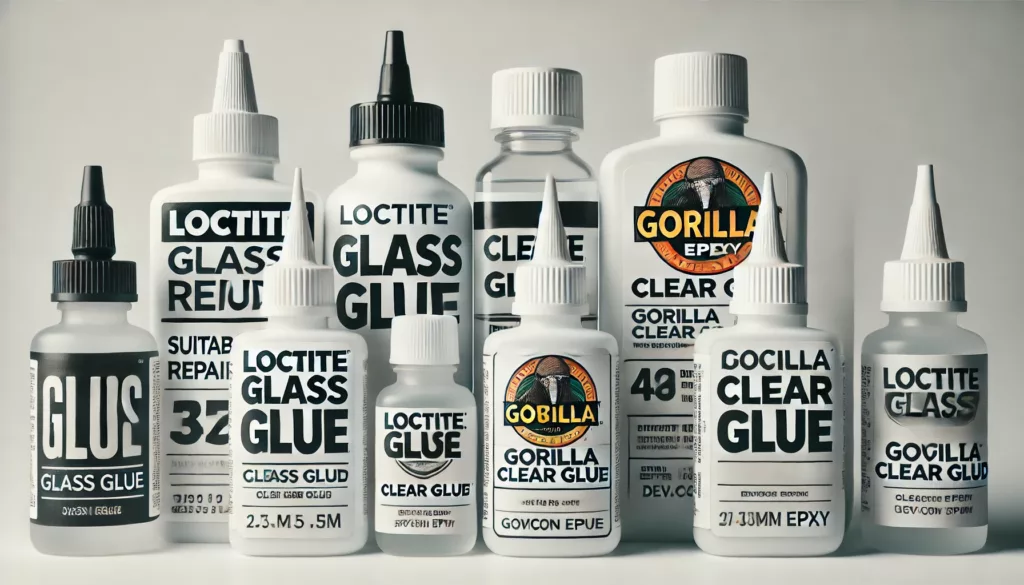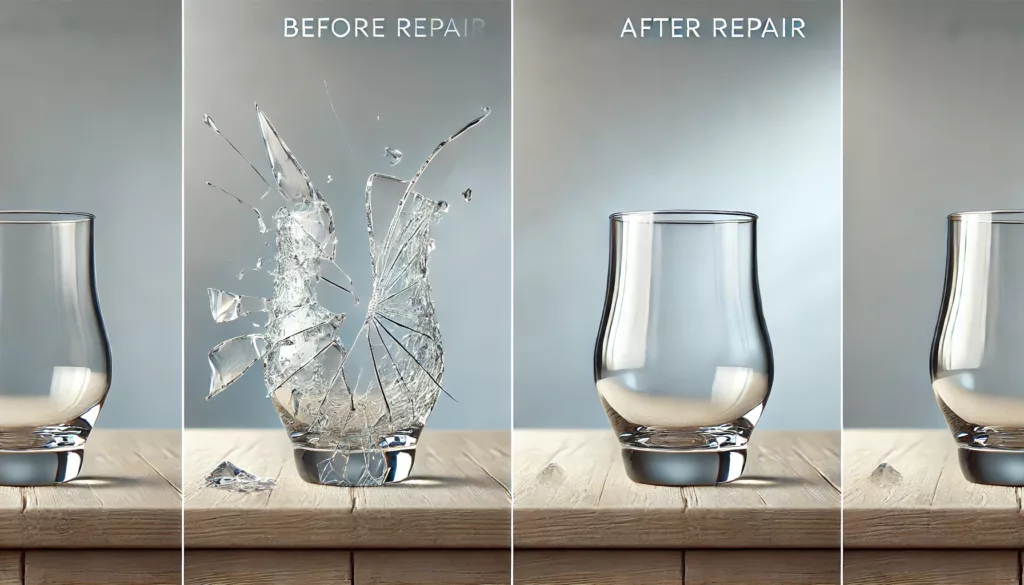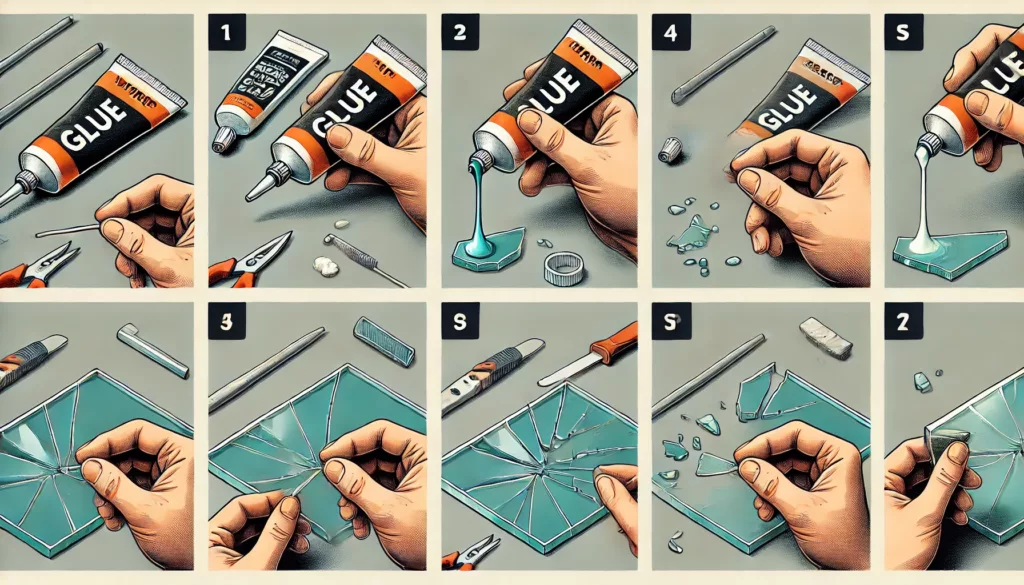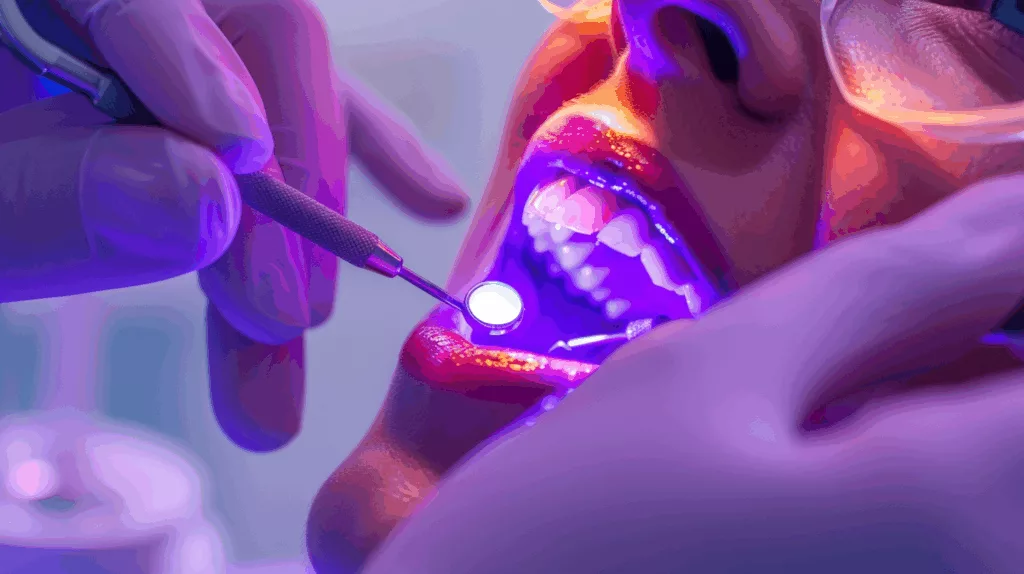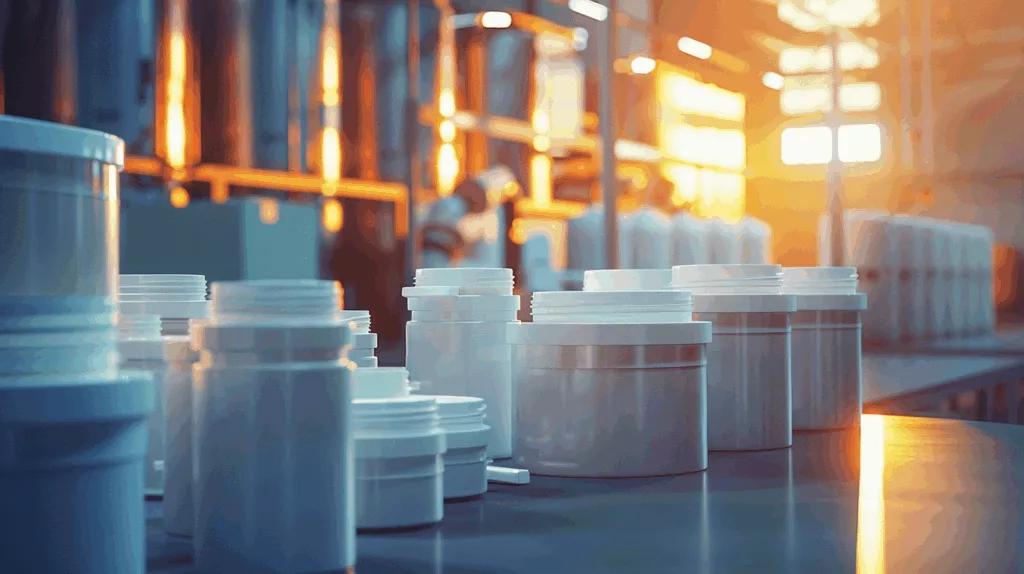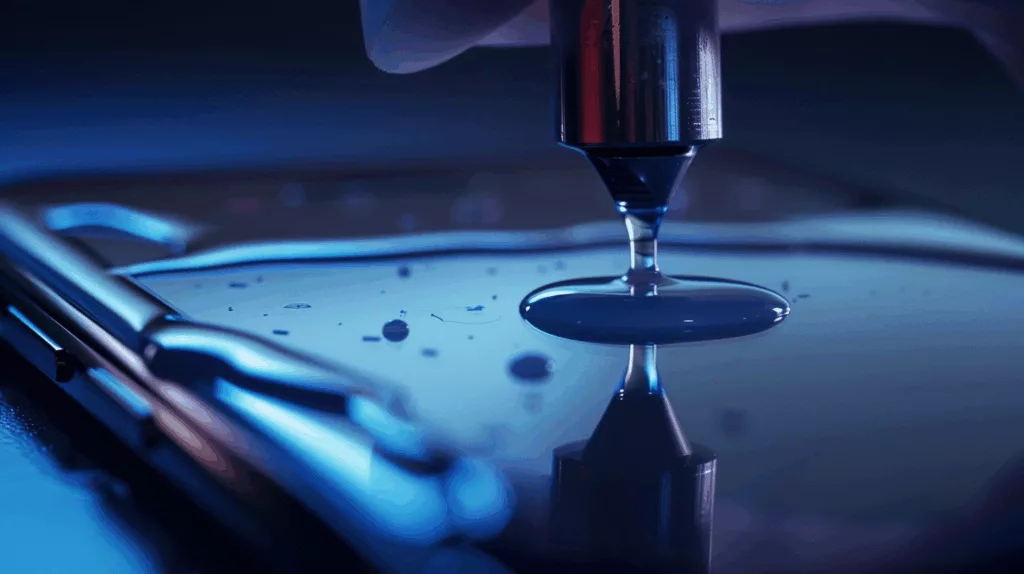When it comes to repairing glass, whether it’s a cracked window, broken vase, or chipped mirror, finding the best glue for glass is crucial for achieving a seamless, durable fix. Not all adhesives are created equal, and choosing the wrong one could lead to weak bonds, cloudy finishes, or even further damage. This guide will help you navigate the top options, key considerations, and tips for effectively using glass glue.
What to Consider When Choosing the Best Glue for Glass
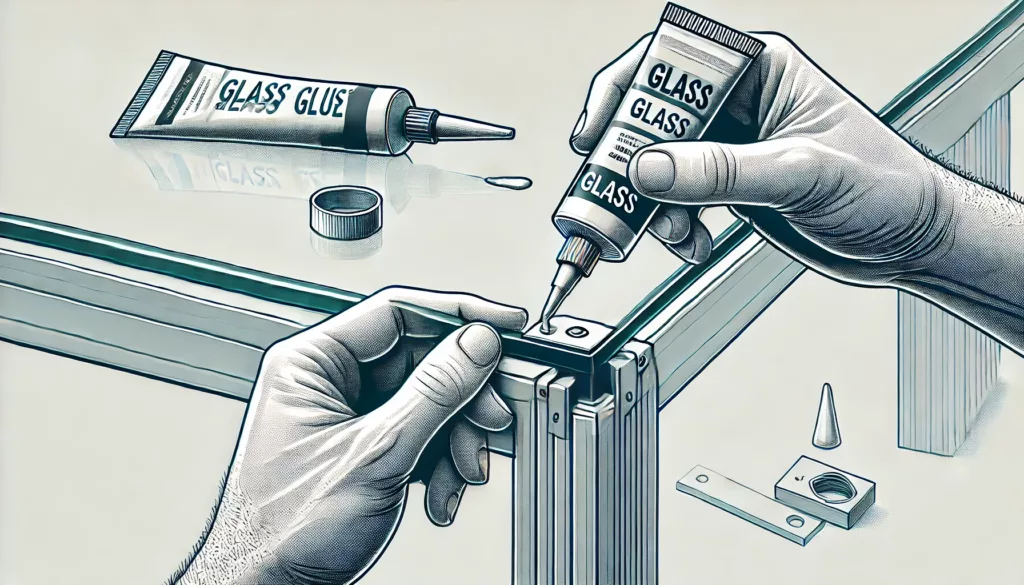
Material Compatibility
Glass often requires a specialized adhesive designed to work with its non-porous surface. Standard glues might not bond securely, so selecting a glue explicitly labeled for glass or multi-surface use is essential.
Strength and Durability
For repairs that need to withstand pressure, heat, or water exposure, a high-strength adhesive is a must. Ensure the glue offers long-lasting performance and won’t weaken over time.
Transparency
Clarity is often crucial for glass repairs to maintain aesthetics. Look for adhesives that dry clear to ensure an invisible finish, especially for decorative or functional items like glass furniture or art pieces.
Best Glue for Glass: Top Options Reviewed
1. Loctite Glass Glue
Why It’s Great: Designed specifically for glass, this adhesive forms a strong, permanent bond in seconds. It’s ideal for fixing glass-to-glass or glass-to-metal connections and dries crystal clear.
Pros:
- Dishwasher safe
- Resistant to water and heat
- Precise applicator
Cons:
- Limited to smaller repairs
2. Gorilla Clear Glue
Why It’s Great: Known for its versatility, Gorilla Clear Glue offers strong bonding power for glass, plastic, wood, and more. Its clear drying formula ensures a nearly invisible repair.
Pros:
- Multi-surface compatibility
- Waterproof
- Non-foaming formula
Cons:
- Takes longer to cure
3. ZDS™ Glass Glue
Why It’s Great: This professional-grade glue is designed for precision and durability in glass repairs. ZDS™ Glass Glue is particularly effective for fixing delicate items and works seamlessly with glass-to-glass and glass-to-metal bonds. Its quick-drying formula ensures minimal downtime, and it dries crystal clear for a flawless finish.
Pros:
- Dries quickly and transparently
- Strong bond for both small and large repairs
- Heat and water-resistant
Cons:
- Slightly more expensive than standard glues
4. Devcon 2-Ton Epoxy
Why It’s Great: This two-part epoxy provides exceptional strength, making it perfect for heavy-duty glass repairs or projects requiring a structural bond.
Pros:
- High-strength bond
- Heat and chemical resistance
- Works for large repairs
Cons:
- Requires mixing
Specialized Glues for Specific Glass Needs
Glass-to-Metal Repairs
For joining glass to metal, such as in windows or frames, products like J-B Weld ClearWeld offer superior adhesion and durability.
Aquariums and Watertight Repairs
Silicone-based adhesives, like GE Silicone 2+, are excellent for creating waterproof seals on aquariums, terrariums, and outdoor glass.
UV-Curing Glass Adhesives
UV-curing adhesives, such as Bondic, are innovative solutions for precision repairs. These glues require UV light to cure, creating incredibly strong and invisible bonds.
How to Use Glass Glue Effectively
1. Prepare the Surface
Clean both surfaces thoroughly with rubbing alcohol or a glass cleaner to remove dirt, grease, or residue.
2. Apply the Glue
Use the applicator to place a thin, even layer of adhesive on one surface. Avoid overapplication to prevent mess and weakening of the bond.
3. Press and Hold
Carefully align the pieces and press them together. Hold them in place for the manufacturer-recommended time to ensure a strong initial bond.
4. Allow for Curing
Even if the glue sets quickly, full curing can take 24-72 hours. Ensure the repaired item remains undisturbed during this period.
Best Glue for Glass Repairs: Frequently Asked Questions
What is the strongest glue for glass?
Epoxy adhesives, such as Devcon 2-Ton, are among the strongest options for glass, providing a durable and long-lasting bond.
Can I use super glue on glass?
Yes, but choose a specialized version like Loctite Glass Glue, as standard super glue may not adhere well to non-porous surfaces.
Is UV glue good for glass?
Absolutely. UV glue provides a clear, strong bond and is excellent for precision repairs, but it requires a UV light source to cure.
Can glass glue withstand water?
Many glass adhesives, like silicone-based or waterproof options, are specifically designed to resist water exposure.
Is glass glue safe for food-related items?
If repairing items like glassware, ensure the adhesive is labeled as food-safe, such as specific epoxies or silicone glues.
How long does glass glue take to dry?
Drying times vary by product, ranging from a few seconds to several hours. Full curing may require up to 72 hours.
Conclusion
Finding the best glue for glass repairs ensures you can restore broken items to their former glory with ease. From Loctite’s specialized glass glue to versatile options like Gorilla Clear Glue, the market offers a variety of choices tailored to different needs. Whether you’re fixing a treasured heirloom, sealing an aquarium, or tackling a DIY project, using the right adhesive and proper application techniques guarantees success.
With the right tools and knowledge, you can make invisible, long-lasting repairs to any glass surface.

